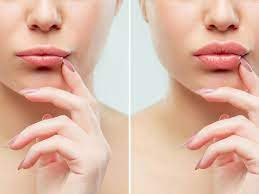Russian lip Fillers and its Techniques
Russian Lip Filler:
As the name proposes, very much like you find in Russian stacking dolls – or matryoshka and babushka, to give them their right name; the Russian Lip method shapes the lips into an unpretentious heart shape with more volume close to the focal point of the lips. In contrast to conventional lip fillers, the method will in general lift the lip instead of add volume, making them look more normal and an optimal answer for any novices considering getting lip fillers. The method additionally causes your lips to seem compliment as opposed to the stout look typical lip filler procedures produce. Also Visit my blog Russian Lip fillers in Dubai.
How is the Russian Lip Filler Technique unique:
While, conventional lip fillers are injected from the lip boundary and work inwards, during the Russian Lip Filler procedure tiny beads of filler is injected upward at the foundation of the lip drawing the item outwards. This method broadens, lifts and opens the lip body with no trade off of projection.
More modest syringes are utilized during the injections to make sure they can be controlled better stopping the filler to pour out over to unintended regions, allowing additional shaping alternatives. It may take somewhat more than your customary lip filler, yet everything will work out.
Is the Russian Lip Filler method painful?
In no way, shape or form. Since the fillers are injected in the foundation of your lips instead of the boundary, it's to a greater degree a tingling sensation as opposed to pain.
Who can get Russian Fillers?
For the evident explanation, the best material is a clear one. Thus, preferably, it would be ideally suited for any individual who hasn't had any lip fillers done previously. Assuming notwithstanding, you have had a lip filler done previously, the filler will be eliminated by disintegrate before your appointment.



Comments
Post a Comment